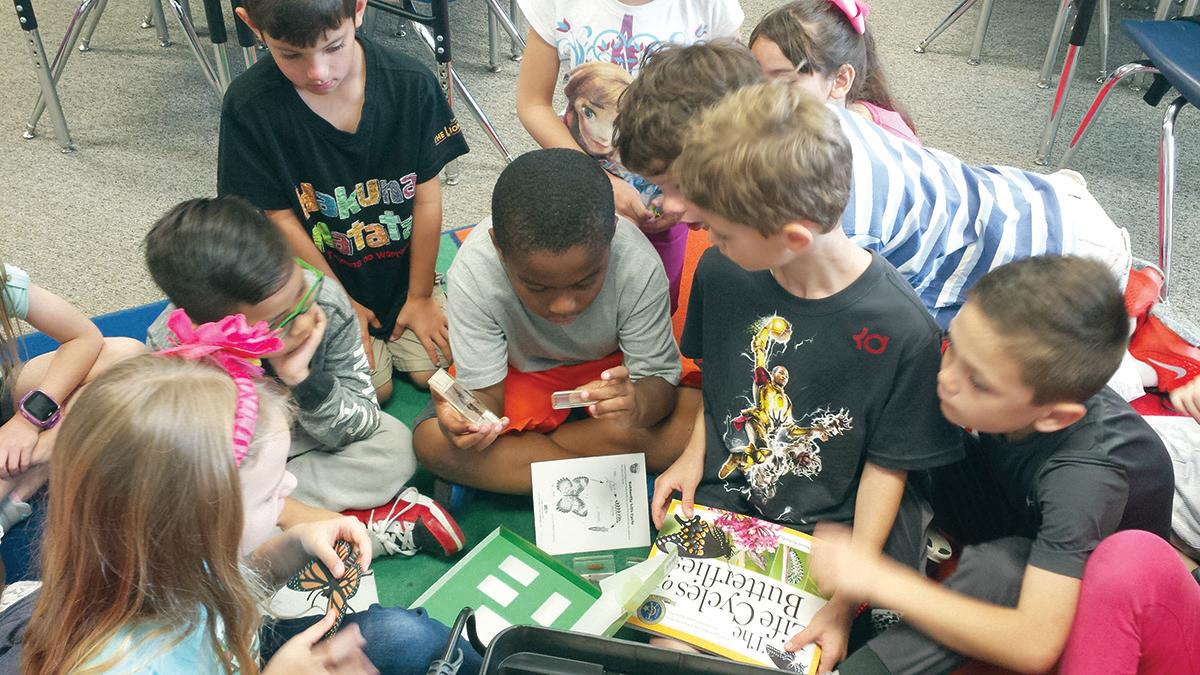Backyard Birds



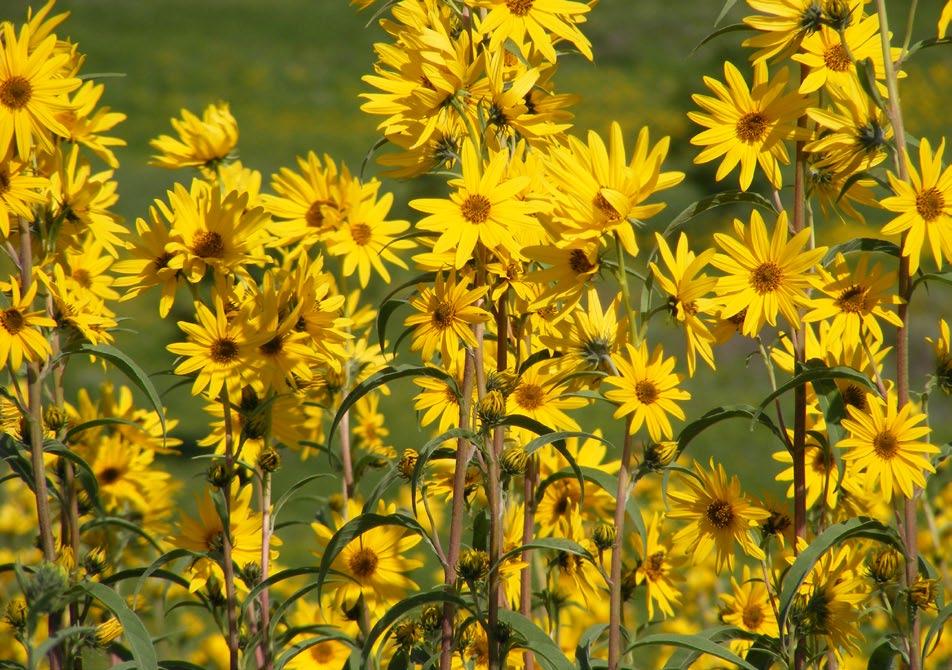
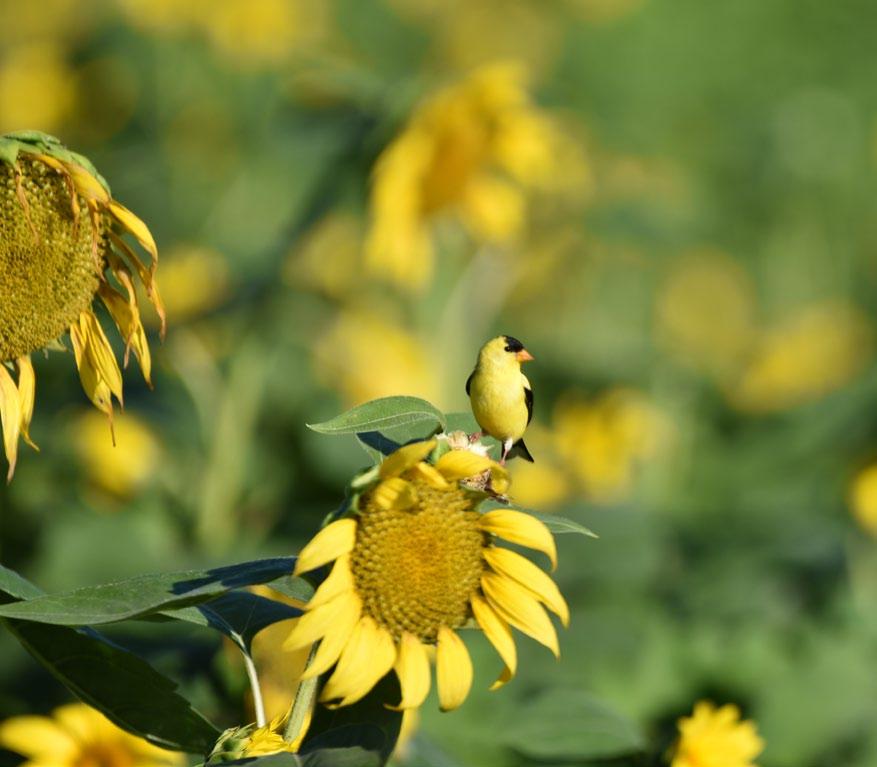
The Ladybird Johnson Wildflower Center in Austin, Texas, lists 36 species or types of sunflower native to Texas. The Maximilian sunflower (Helianthus maximiliani) is a native perennial species (one that lives for several years) in Texas that can grow to be 10 feet or 3 meters tall! Although we think of one sunflower as being one flower, it’s actually hundreds of flowers on one seed head! Each flower has one ovary and can produce one seed. Look closely at a sunflower and you will see hundreds or even thousands of tiny petals where one seed will develop after being pollinated. Depending on the species, the seed head of the sunflower can produce several thousand seeds! The yellow petals on the outside of the seed head are specialized leaves that help attract pollinators like butterflies and bees that will drink the nectar from the small flowers. A variety of birds enjoy the seeds that sunflowers produce, including American goldfinches. Sunflowers can grow in a variety of conditions, but they generally prefer full sun and can survive in dry soil.
Make fun window decorations to help prevent birds from flying into windows!
You’ll need: white school glue, liquid dish soap, food coloring, small mixing containers like paper cups or bowls, a paint brush, a plastic baggie or wax paper and cookie cutters (optional)
In a container, stir together 2 tablespoons of glue and ¼ teaspoon of liquid dish soap, along with a few drops of your choice of food coloring. Use a paintbrush to paint designs with the colored glue mixture on your plastic baggie or wax paper or pour the mixture into cookie cutters. Let the shapes dry overnight. Peel the decals off the plastic or wax paper and press them onto the inside of your window to help birds know not to fly into your clean windows!
https://www.pbs.org/parents/crafts-and-experiments/make-window-decals-to-help-migrating-birds
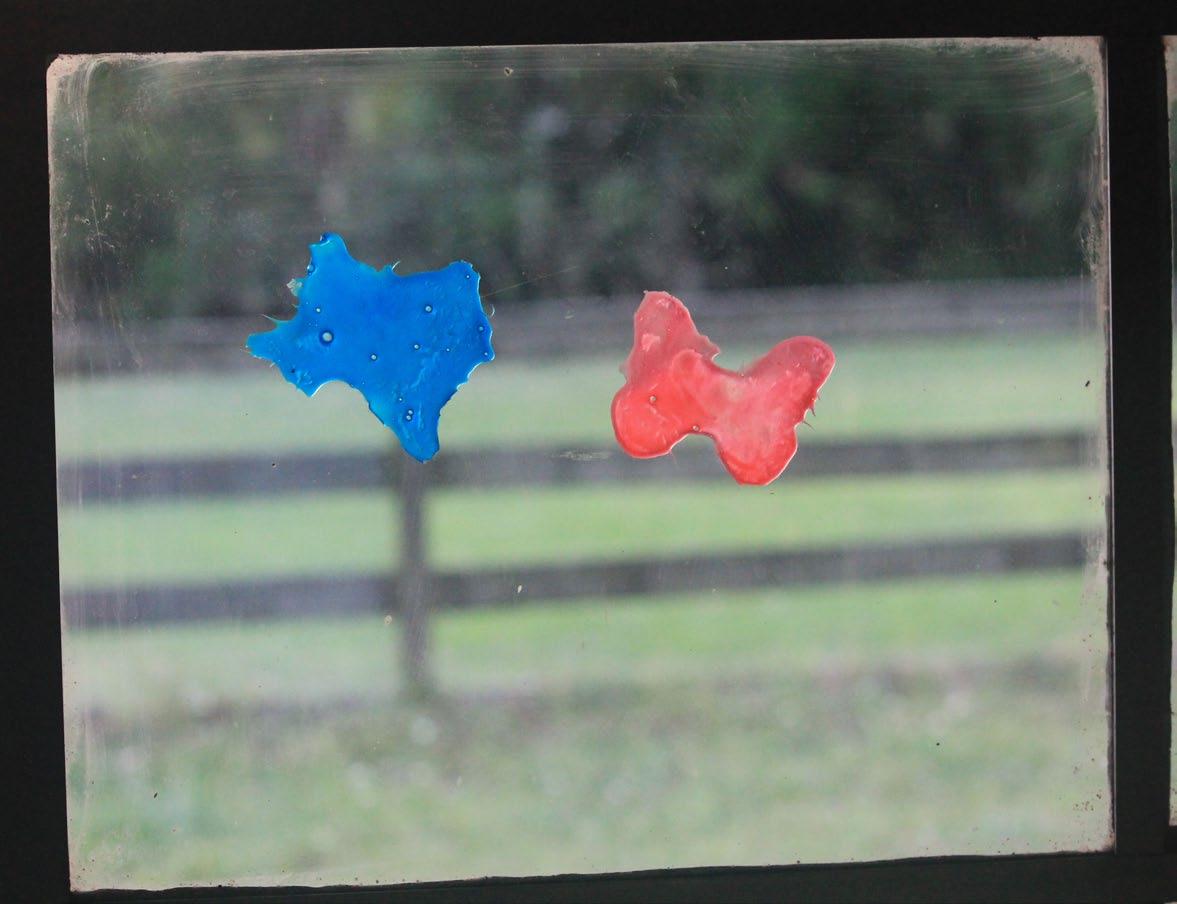
... that the Migratory Bird Treaty Act of 1918 helps protect native migratory birds?

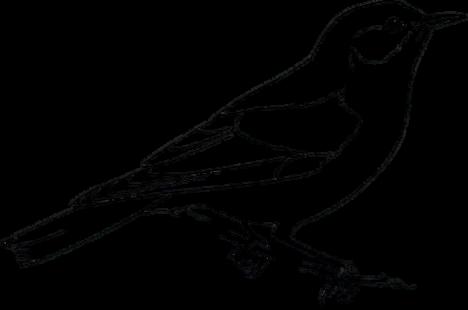
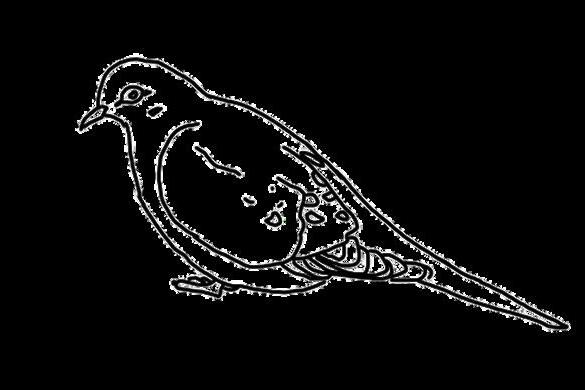
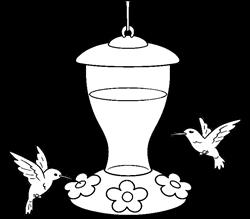
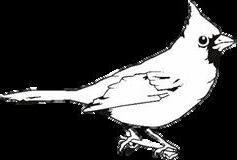
... that outdoor cats kill more than two billion birds in the U.S. each year? that many songbirds are omnivores and will eat seeds and insects? that birds use an oily substance to help waterproof their feathers?
... that Texas is home to over 600 species of native birds?
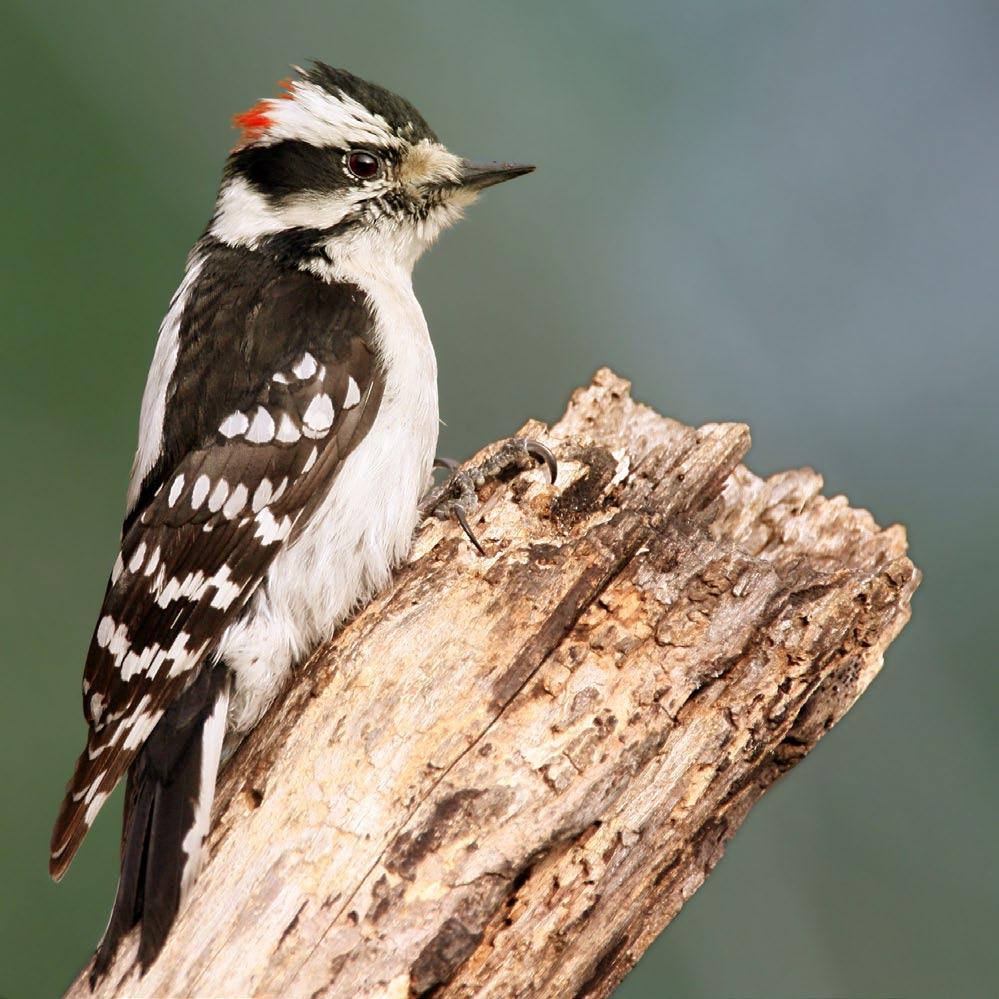

Find and color these common Texas backyard birds. From left to right: Ruby-throated Hummingbirds, Eastern Bluebird, Mourning Dove, Northern Cardinal, Downy Woodpecker and Blue Jay

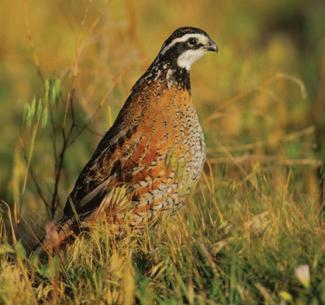 By Adrienne Paquette
By Adrienne Paquette
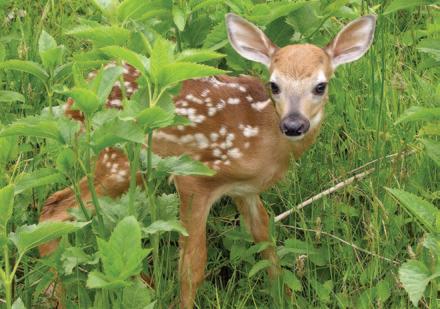
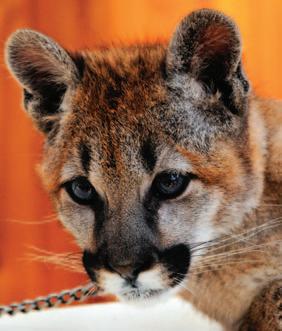
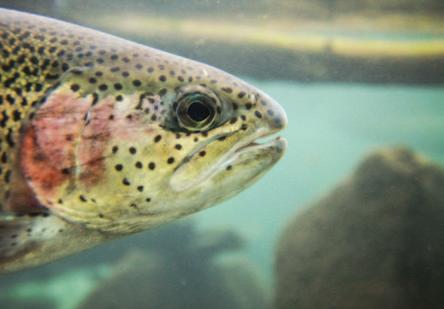
Our backyards can be home to many different species of wildlife. There are over six hundred species of birds native to Texas, many of which take advantage of the mild climate, where it is not too hot and not too cold most of the year, and stay here year-round, although many will fly to warmer or cooler climates during winter and summer. When a bird flies to a warmer or cooler climate, it is called migration. Most migratory birds will fly south to warmer climates in Central and South America when it is fall and winter in North America, and then they will fly north again when North America is warmer here. Many people can enjoy observing birds that visit their own backyards throughout the year. Some people choose to provide the birds with food, water and shelter to help replace native habitat that is lost when new neighborhoods are built.
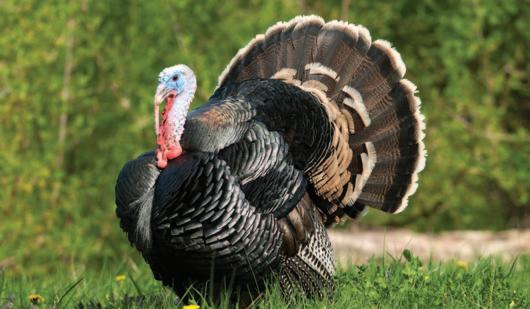
Birds that commonly visit bird feeders across Texas and the eastern United States include a variety of birds such as Northern Cardinals, Blue Jays, wrens like the Carolina Wren and Bewick’s Wren, finches such as the American Goldfinch and House Finch, doves like the White-winged and Inca Doves, chickadees, and a number of different species of woodpeckers. These birds are omnivores and use their beaks to munch on insects and crack through seeds commonly found in birdseed mixes like sunflower seeds, millet and peanuts. You may find that some birds prefer certain types of food at a bird feeder. Some finches love snacking on jelly, hummingbirds will eat sugar water nectar, and bluebirds prefer mealworms. You can experiment at home with different foods to see who visits your backyard!
Birds may also have different eating styles, and you’ll find a variety of different bird feeders to cater to or attract different birds. Many songbirds like Blue Jays and chickadees will eat from a flat platform feeder, while nuthatches and woodpeckers prefer clinging to a vertical tube-style feeder. Hummingbirds will visit special nectar feeders. Many birds prefer to eat from feeders that are at least six feet (two meters) from the ground to stay safe from predators. You may choose to offer one or more styles of bird feeders, but it is important to clean all feeders regularly to prevent spreading bacteria or viruses that might make birds and other animals sick. There are many things that regularly harm birds in urban areas. Each year, about one billion birds in the United States are injured due to flying into windows, and about 2.4 billion birds are killed by outdoor cats each year. Many birds migrate at night, and they can become disoriented or confused by bright lights in cities. Be sure to place bird feeders away from windows, keep cats indoors, and turn off your lights at night to help keep birds safe.
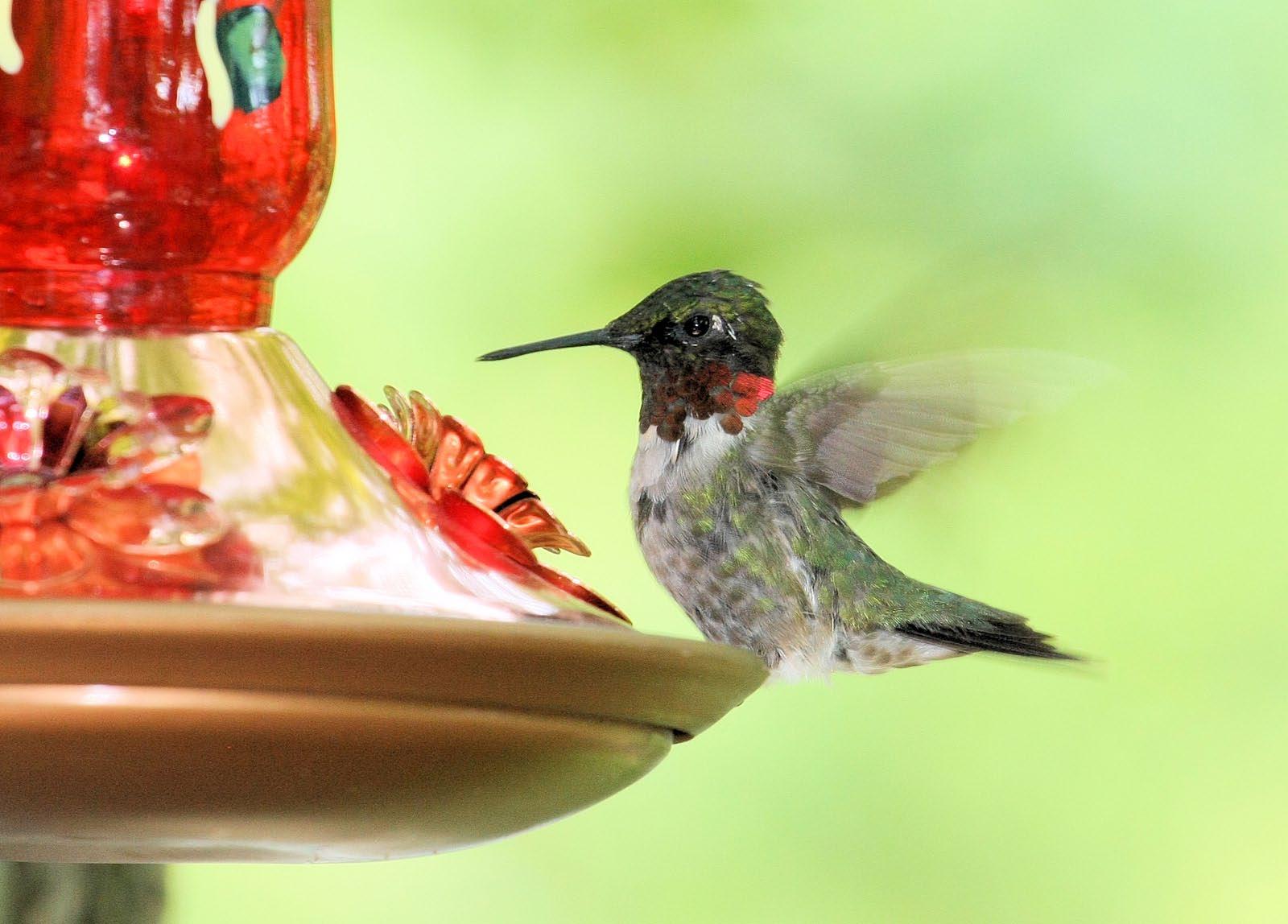
Birds also need water and shelter in their habitats. A clean bird bath with fresh water provides water not only to drink, but also a place for birds to wash their feathers. When a bird puffs up its feathers and shakes off extra water after taking a dip, it is called rousing. Birds use special oil that is produced from the preen gland near their tails to coat their feathers. You may see birds preening and using their beaks to spread this protective oil through their feathers to help waterproof them.
Birds may feel most comfortable visiting bird baths and bird feeders when there is shelter nearby. Small trees and bushes help provide a place for birds to hide if predators like hawks are near. Birds build a variety of different kinds and styles of nest in which to lay their eggs. Many birds build cup-shaped nests out of leaves and other plant materials.
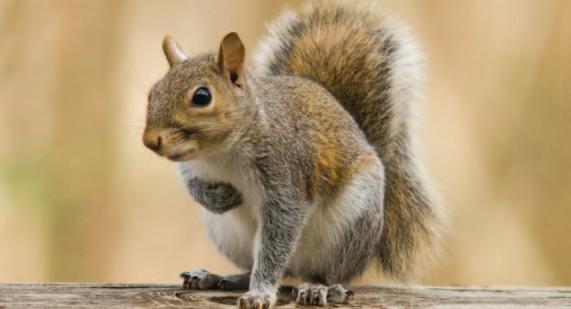
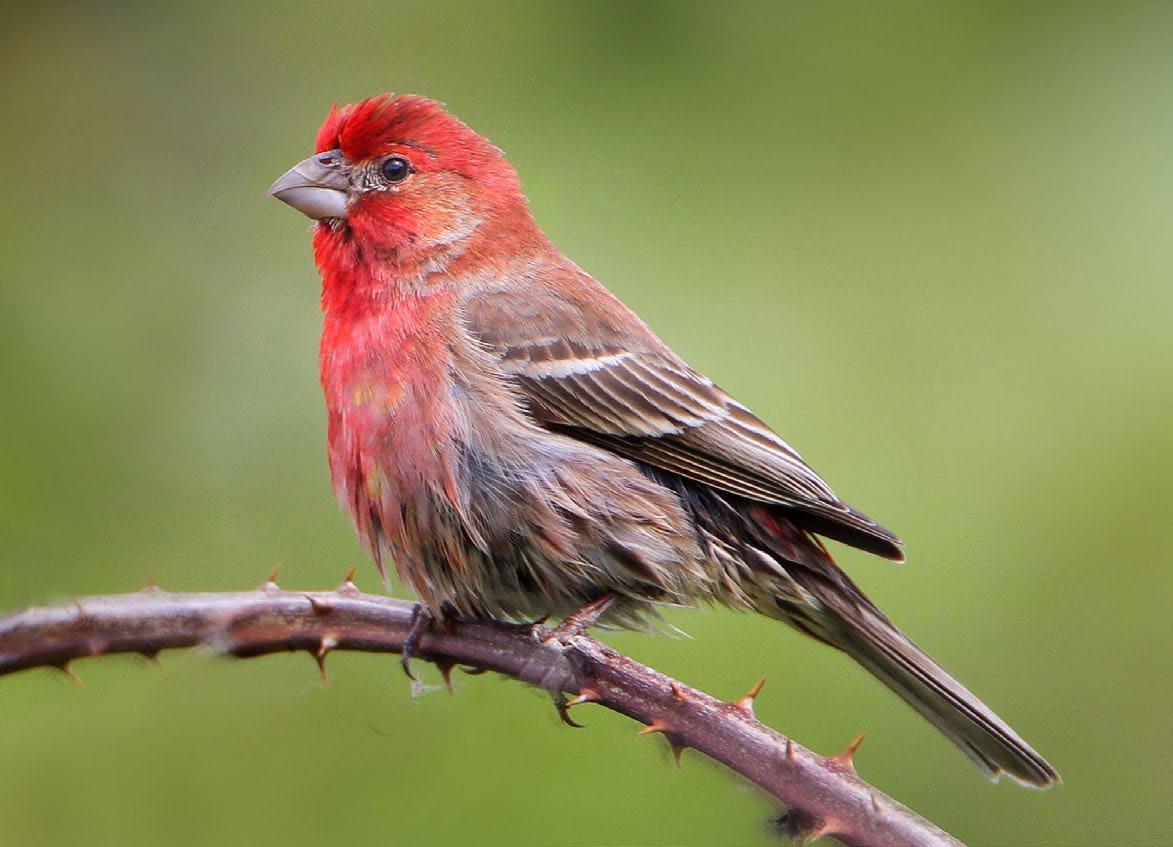
Hummingbirds often weave spider webs and lichen into their nests. Male Carolina wrens will build several nests and the females will choose their favorite in which to lay their eggs. Some birds such as the eastern bluebird prefer cavities, or holes, in trees such as old woodpecker nests or in

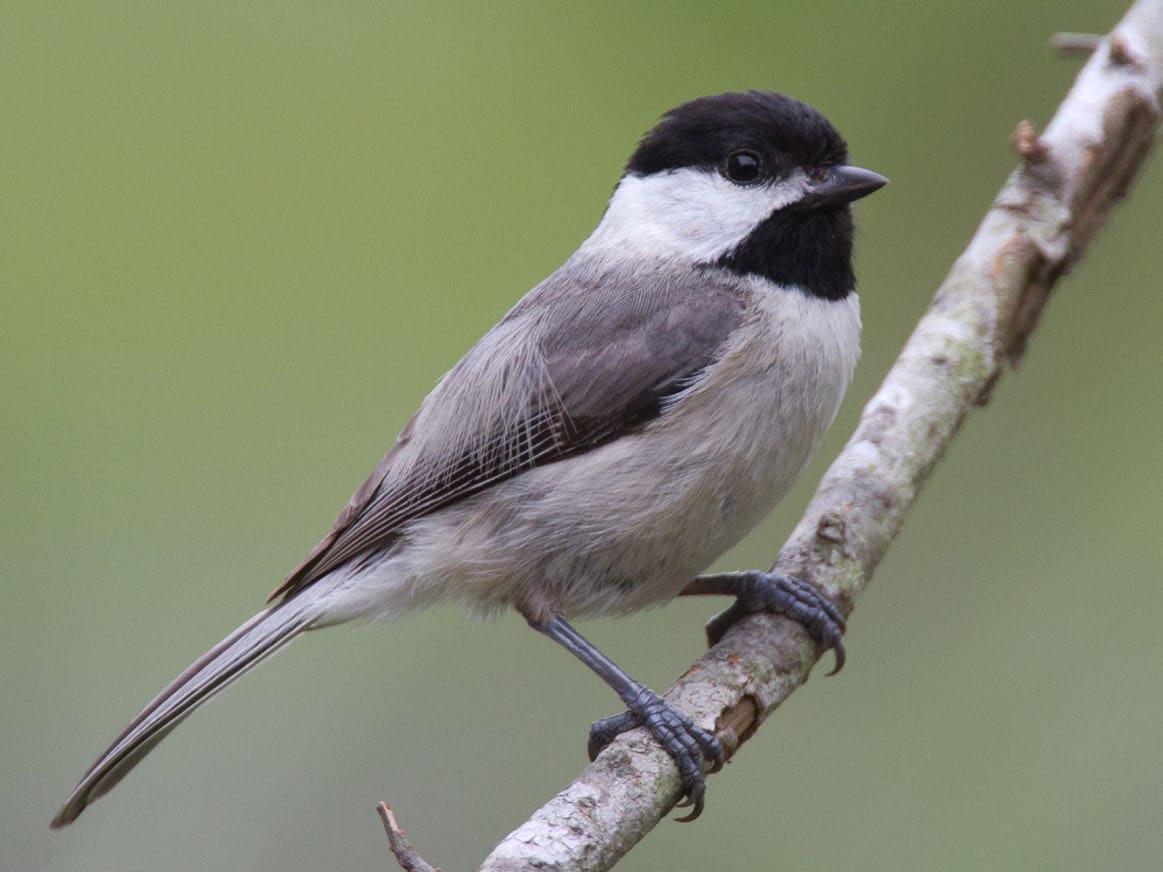
more about the birds you may find in your habitat. Binoculars can help you watch birds from a safe distance. The Audubon Society and the Cornell Lab of Ornithology have websites (Audubon.org, allaboutbirds.org) and apps (Audubon, Merlin Bird ID, BirdNet) for smartphones that can help you identify birds based on what they look and/or sound like. Other resources include Project Feeder Watch, Nestwatch and eBird, where you can help contribute to science and ornithology just by observing birds in your backyard or neighborhood.
birdhouses, in which to make a nest. You can visit nestwatch. org to find helpful tips on how to build your own Eastern Bluebird birdhouse, including measurements and the best location to place the box to attract bluebirds.
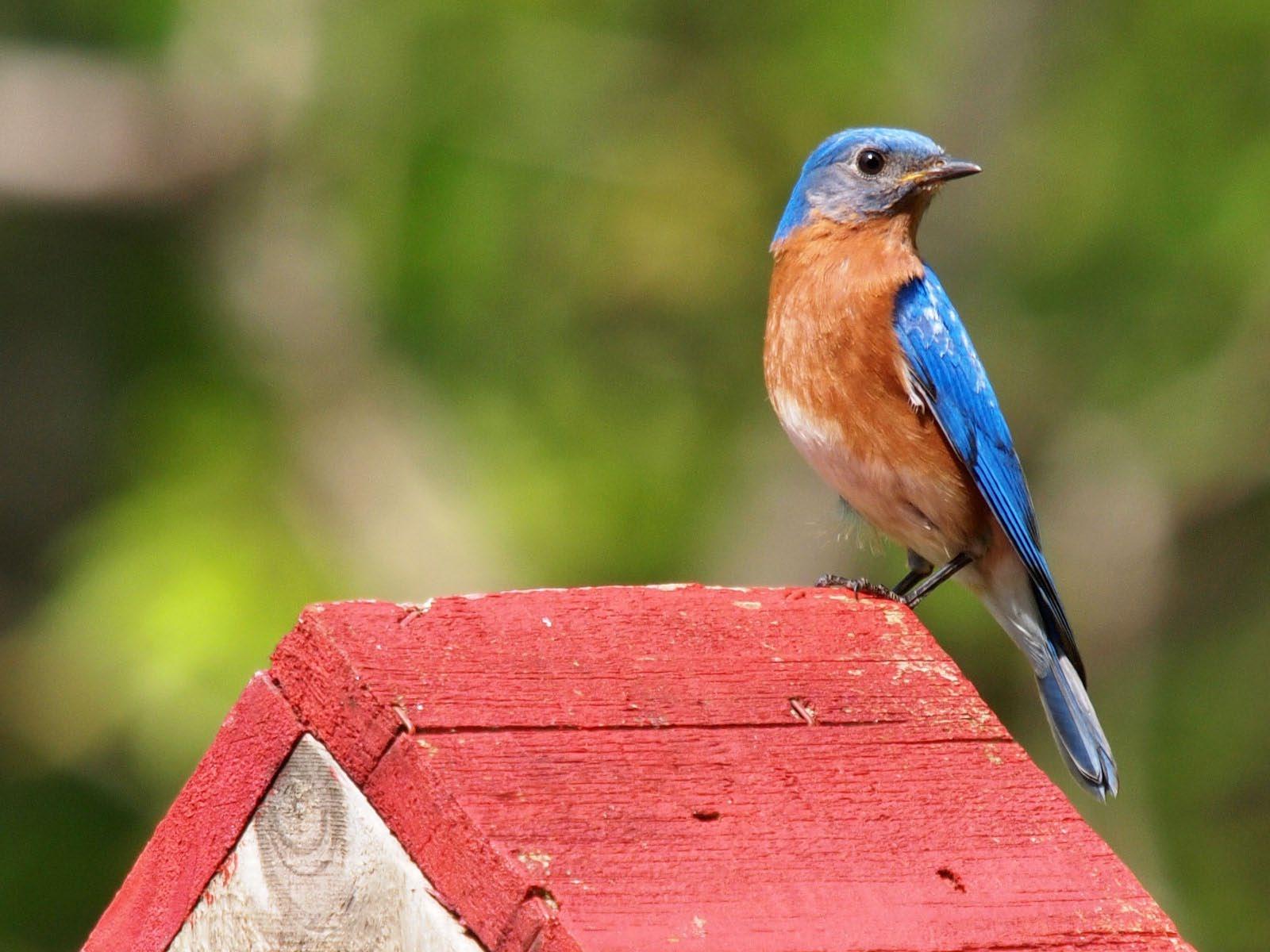
Birding can be a fun way to interact with wildlife in your own neighborhood. It is important to understand the laws and general guidelines that protect birds. The Migratory Bird Treaty Act of 1918 prohibits killing, capturing, selling, trading and transporting native migratory birds and parts of birds including feathers, eggs and nests. Remember to keep your distance from all wildlife and respect their space. There are several tools that are available to help you observe and learn
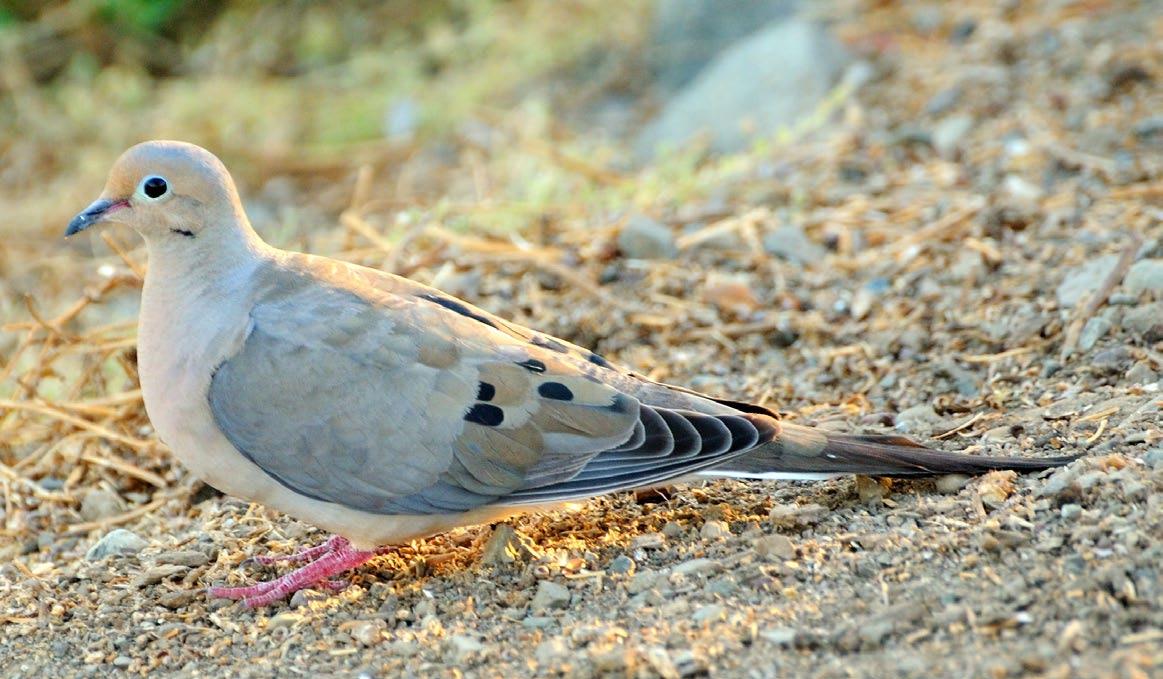
WORD BANK
omnivore – an animal (consumer) that eats plants and meat
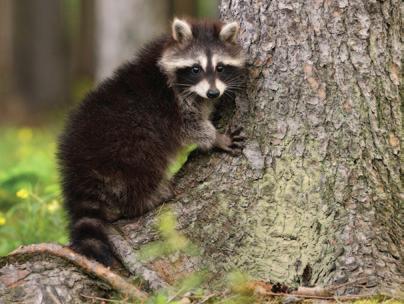
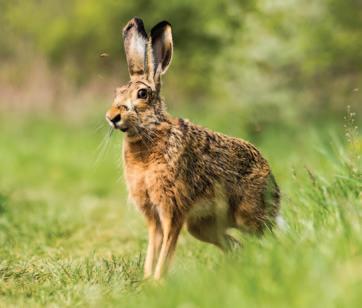
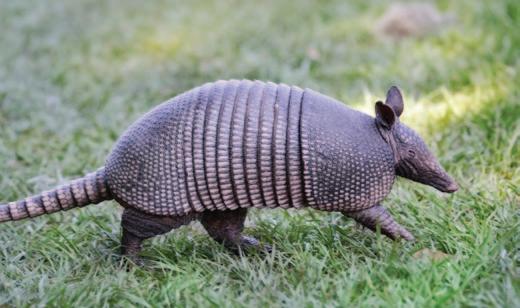
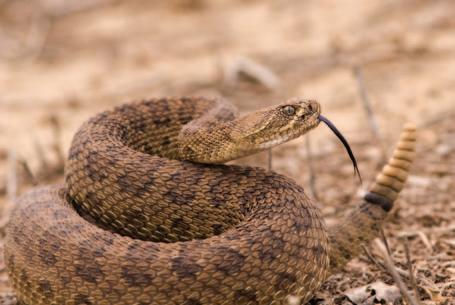
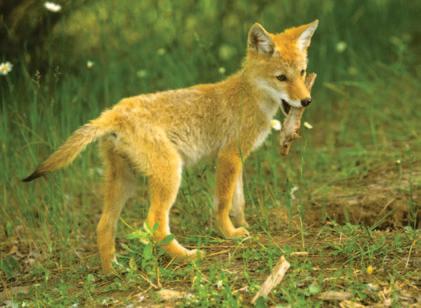
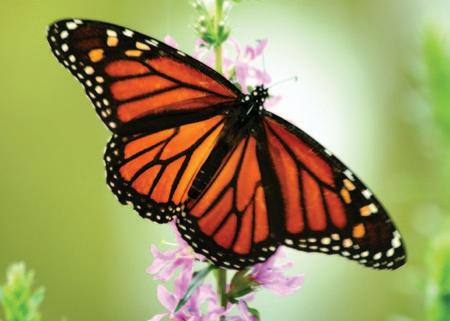
ornithology - the scientific study of birds
lichen - plantlike organism of both algae and fungus
Find and circle these words:
In the springtime, there are a lot of birds laying eggs and taking care of their chicks. Sometimes, baby birds need help. Here’s how to tell if a baby bird needs help and how you can do so safely.
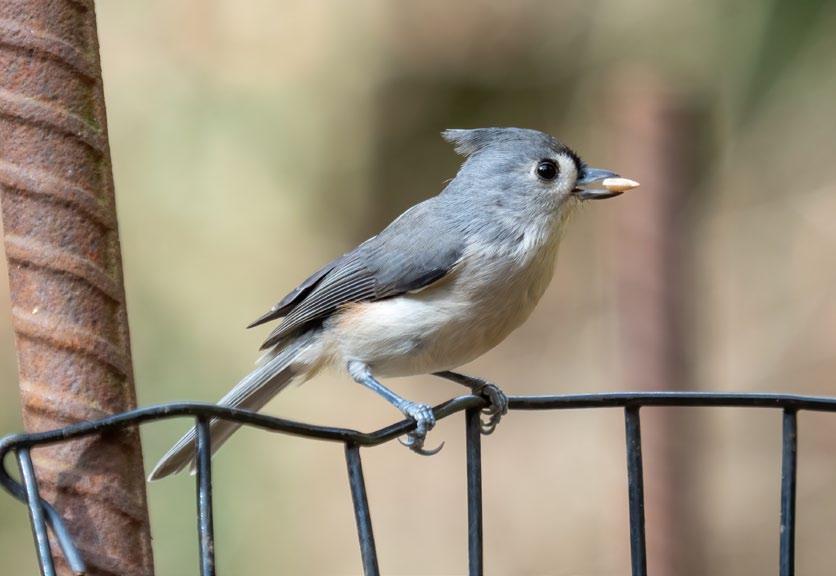
• If the bird has some feathers and its eyes are open, it may be a fledgling who is learning how to fly and just may not be very good at it yet. It’s best to leave it alone and the parents will help it. If the safety of the bird is a concern (it’s a busy street or someone’s cat is loose outside, for example), you can gently scoop the bird up and put it back into its nest or into a basket or box hung from the nearest tree so the parents can take care of it there.
• If the bird has no feathers and its eyes are closed, the bird fell from its nest and needs help staying warm and being fed. You can put the bird back into its nest if you know where it is, or you can put it into a basket or box lined with a cloth or towel and hang it from a tree nearest where it fell and is most likely to have fallen from.
• If the bird is injured or feels cold, it needs immediate care from a professional who is licensed to help wildlife. You can find the nearest licensed wildlife rehabilitator in your county here in Texas by referencing the list the Texas Parks and Wildlife Department keeps on its website: tpwd.texas.gov/huntwild/wild/rehab/list/
Discovery Trunks
* 2-week reservations
* Seven wildlife topics
* Hands-on materials and lessons
* TEKS aligned for Grades K-8
Stewarding Texas
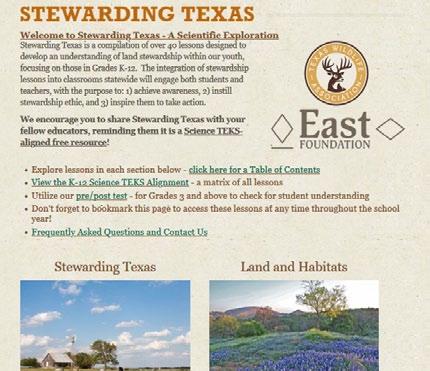
* 40 lessons about land stewardship and conservation
* Available online and in every Discovery Trunk
* TEKS aligned for Grades K-12
Youth Videoconferencing
* 45 minute live programs
* Live animals
* Interactive questions and worksheets
* Designed for Grades 1-6
Wildlife by Design
* Classroom Presentations
* 30-60 minutes in length
* Hands-on, inquiry-based learning
* TEKS aligned for Grades K-8
Educator Workshops
* Provides hands-on training and lessons for educators
* Grades K-8
* 6 hours of CPE credits
On-demand Webinars
* 13-25 minute programs
* Available anytime
* Interactive questions and worksheets
* TEKS aligned for Grades K-8
Critter Connections
To receive a one-year subscription of Critter Connections go to:
https://www.texas-wildlife.org/critter-connections-magazine/ Here you can also find former issues and read-along videos.
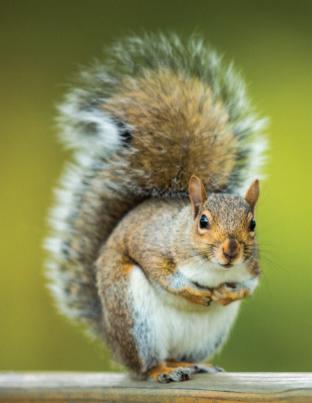
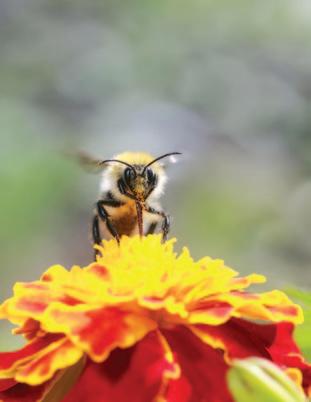
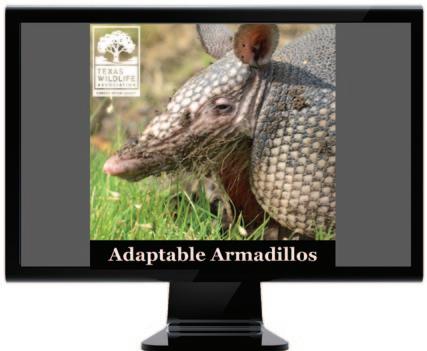
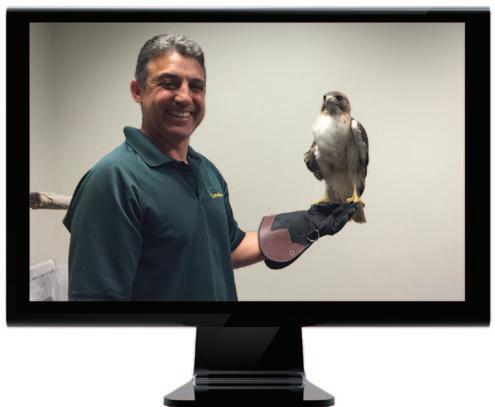
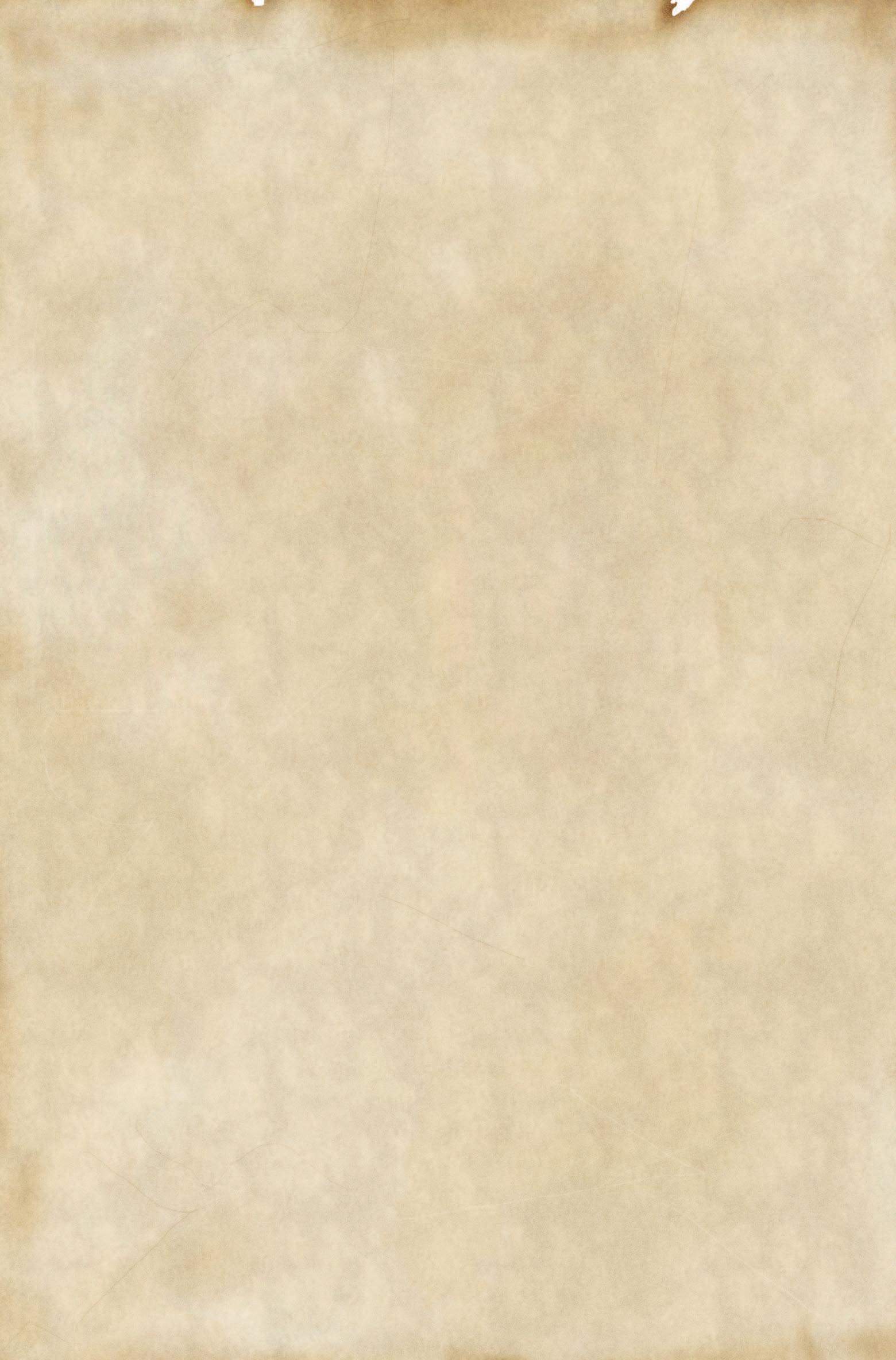
www.texas-wildlife.org
TWA is a membership-based, non-profit organization whose goal is to educate all people, especially the youth of Texas about conservation, management and stewardship of wildlife and habitat on private land.
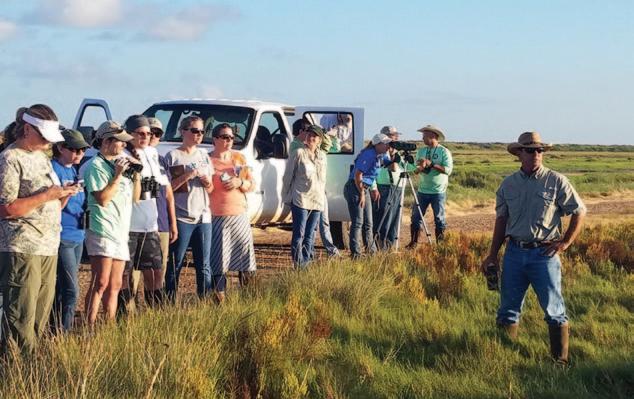
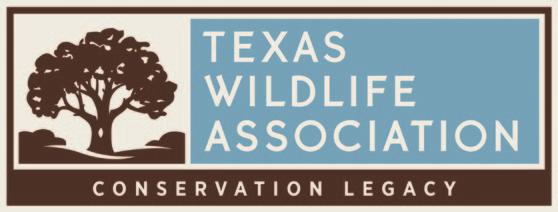
All education programs are made possible through memberships, grants and donations. Learn more about the levels of membership as well as the educational programs TWA offers on our website. All membership levels include a one-year subscription to the TWA monthly Texas Wildlife magazine.
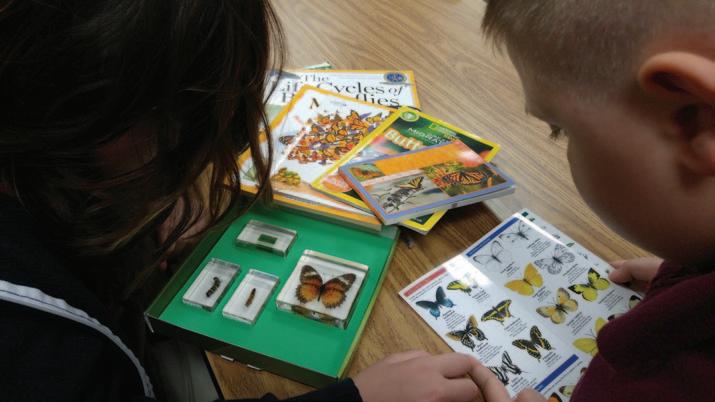
Membership Levels: `
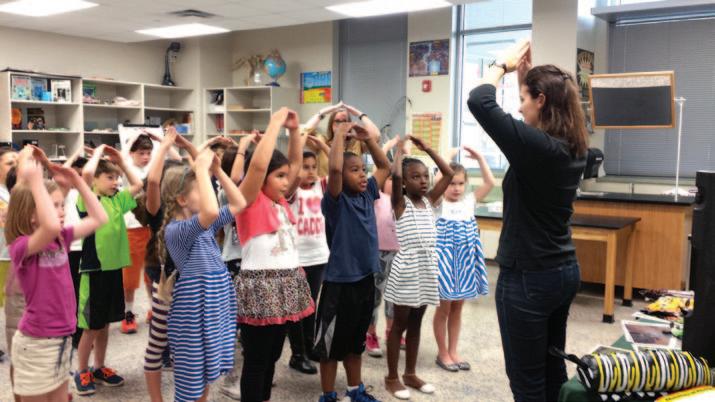

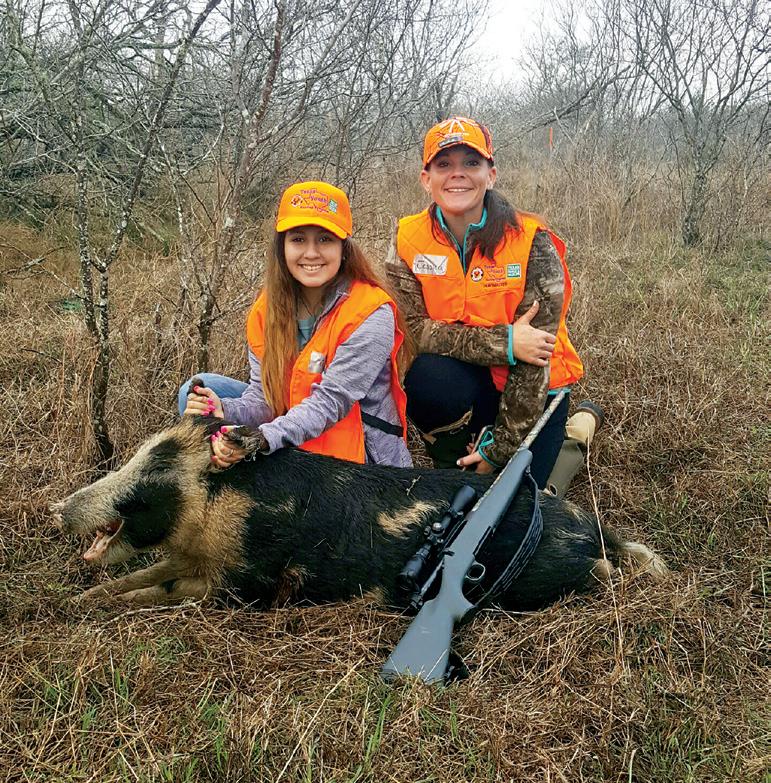
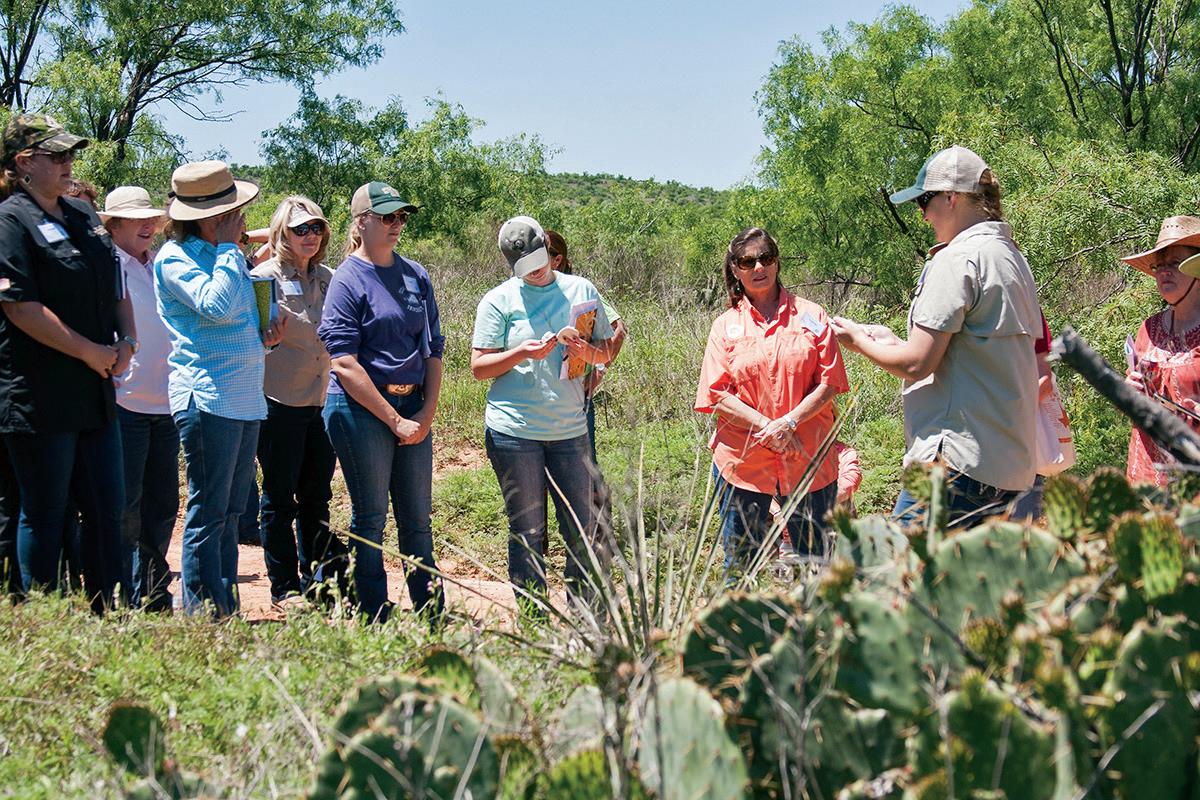

Please consider making a tax-deductible investment to TWAF, and help us as we continue to change minds and lives, through natural resource education. Together, we can make sure that Texans understand the importance of wild things, wild places, and the stewards who care for them.
